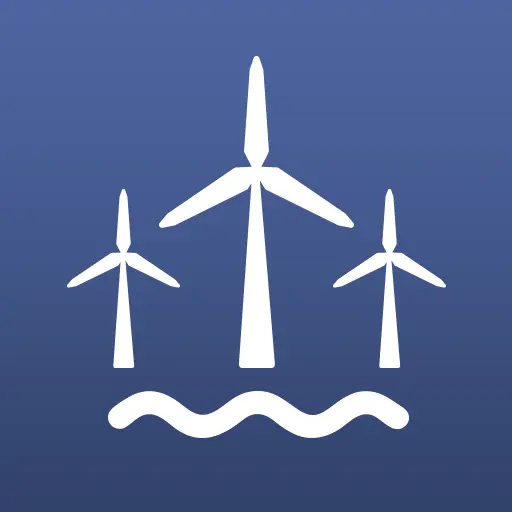
Pelagic Federation Producer Organization (SPF) represents all Swedish fishing vessels in the pelagic fishery, including the herring and sprat fishery in the Baltic Sea. Every year our members account for approximately 90 percent of the total fished volume in Sweden. We thank you for the opportunity to submit our comments.
If the establishment of the wind farm Sharco Duo will have a negative impact on pelagic fish recruitment, migration or foraging, the probability is very high that it will affect Swedish commercial fishing regardless of where their fishing takes place in the Baltic Sea because the fish is not stationary.
The environmental impact assessment is comprehensive and addresses several of the concerns we raised from SPF. However, we believe that the analysis made of possible cumulative effects of the parks built by Poland, including the neighbouring countries’ parks in the Baltic Sea, is not thorough enough, especially not regarding the operational phase.
The environmental impact assessment shows that underwater noise and vibrations can affect the fish’s behaviour and lead to avoidance behaviour. Considering the large number of wind farms that have been built, or are under construction in the Baltic Sea, an analysis of the overall effects of all wind parks on pelagic fish is required. Where will there be places that are attractive for recruitment, rearing and foraging in the future?
The obvious approach when designing the Sharco Duo should be to minimize possible negative effects as much as possible. It is clear from the report that eggs of sprat as well as eggs and larvaes of herring have been found in the area of the planned wind farm. SPF is of the opinion that phases during construction that can have a negative impact on eggs, larvaes and juveniles should take place at a period of year when the impact is at its lowest. Moreover, the most effective method to minimize negative impacts of noise during piling should be used.
The environmental impact assessment report describes two different anti-corrosion methods used to protect steel components in the marine environment. One of the methods results in aluminium and zinc being dissolved into the water and contaminating sediments. We are of the firm opinion that pollution should be avoided if possible.
Annelie Rosell, SPF